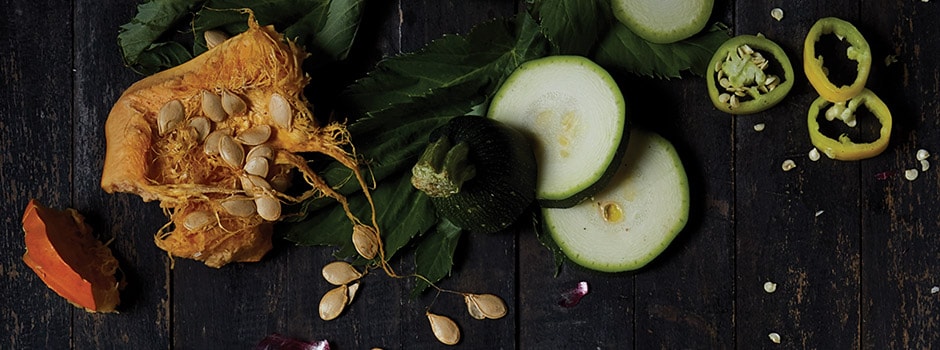Foodies are a fickle lot. Nouvelle cuisine, gourmet comfort foods and deep fried candy bars — once the trending darlings of the culinary scene — are now all but extinct. The Slow Food movement, however, has surpassed the fad phase and laid down roots in the culinary world.
In 1986, Carlo Petrini conceived the Slow Food Movement in defiance of a proposed McDonald's at the base of the Spanish Steps in Rome. Three years later, the movement formally established itself with the signing of the Slow Food Manifesto in Paris. Though modest in its beginnings, Slow Food now has national associations in over 160 countries. In 2013, the United Nations Environment Programme bestowed Petrini with its highest honor, the Champions of the Earth award, for his work in the movement.
The Slow Food Manifesto
The Slow Food movement is much more than a farm-to-table approach to cuisine. The movement bases itself on three fundamental tenets: whole foods in the food service industry and at home, clean production methods that preserve the environment and fair pricing for both consumers and producers.
The Slow Food Manifesto considers cooperation by both the consumer and the producer key to implementing its three tenets. Consumers orient the food-production market by demanding wholesome foods, and producers meet the demand using their collective industry knowledge. Everyone works together to diminish the ubiquity of fast food and increase the production and consumption of whole foods.
The Organization
The Slow Food movement is structured on three primary levels. The international level has councils on six continents. The national level makes autonomous decisions regarding the movement, but they're always in line with the political goals of the International Council. The local level consists of groups, called convivia, that promote the movement by organizing activities and events for educational purposes.
Education comprises a large part of the Slow Food mission. Slow Food founded the University of Gastronomic Sciences, an accredited school located in Italy that offers a holistic approach to teaching gastronomy and agriculture.
Slow Food and Your Restaurant
Your restaurant can adhere to the principles of Slow Food, using locally sourced produce whenever possible, respecting environmental conservation regarding food production and making whole, flavorful foods accessible to your guests at reasonable prices. Many restaurants announce the addition of Slow Food by listing its benefits on the menu. Simply add a few unpretentious descriptors such as "made with locally sourced vegetables," or "we use only freshly harvested greens."
If guests want to know more, educate your wait staff so they can answer questions knowledgeably. Or take a more proactive approach and host an in-restaurant class explaining why your establishment takes the Slow Food approach. Work the Slow Food movement into your menu casually and without unnecessary price increases. Don’t use slow food as a marketing ploy. Make it a way of doing business.
To learn more, find a local convivium near you.
Related Content

Sustainability
Go beyond farm-to-table

Articles
Read success stories from foodservice professionals.



